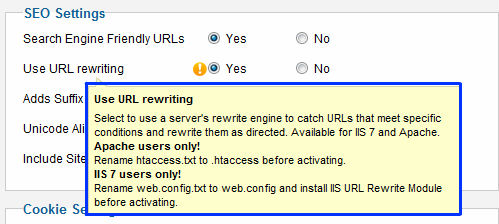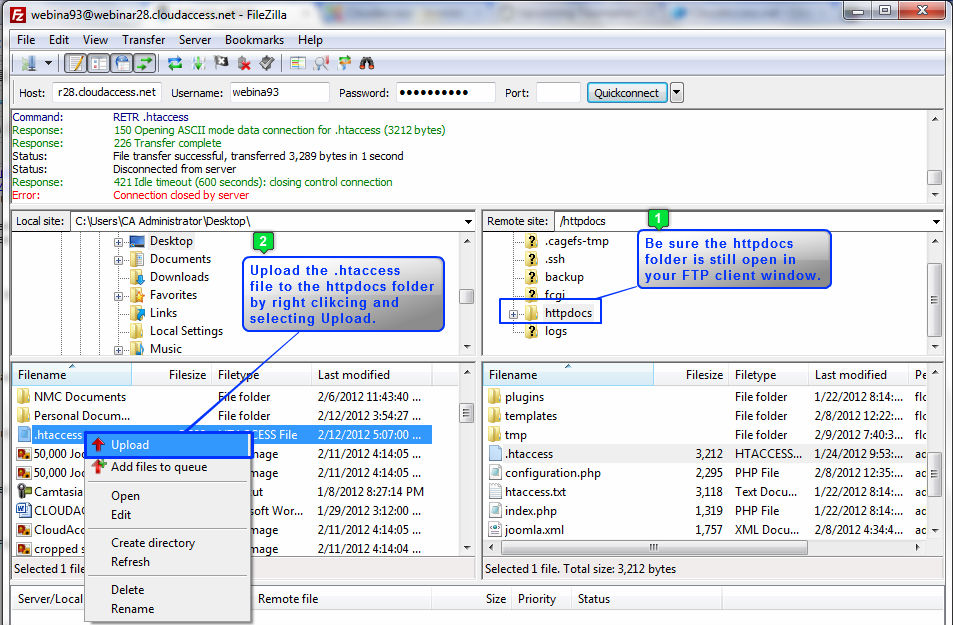Windows 8, Windows 7 and Windows Vista
Windows 8, Windows 7 and Windows Vista use User Account Control (UAC), so Notepad must be run as Administrator.
For Windows 8
- Press the Windows key.
- Type Notepad in the search field.
- In the search right click Notepad and select Run as administrator.
- In Notepad, open the following file:
c:\Windows\System32\Drivers\etc\hosts - Make the necessary changes to the hosts file.
- Click File -> Save to save your changes.
For Windows 7 and Windows Vista
- For Click Start -> All Programs -> Accessories.
- Right click Notepad and select Run as administrator.
- Click Continue on the "Windows needs your permission" UAC window.
- When Notepad opens Click File -> Open.
- In the filename field type:
C:\Windows\System32\Drivers\etc\hosts - Click Open.
- Make the necessary changes to the hosts file.
- Click File -> Save to save your changes.
Windows NT/2000/XP
- Click Start -> All Programs -> Accessories -> Notepad.
- Click File -> Open.
- In the filename field type:
C:\Windows\System32\Drivers\etc\hosts - Click Open.
- Make the necessary changes to the hosts file.
- Click File -> Save to save your changes.
Linux
1. Open a terminal window.
2. Open the hosts file in a text editor (you can substitute any text editor):
sudo nano /etc/hosts
3. Enter your password.
4. Make the necessary changes to the hosts file.
5. Press control-X (hold control and hit X), then answer y when asked if you want to save your changes.
Mac OS X 10.0 - 10.1.5
1. Open /Applications/Utilities/NetInfo Manager.
2. To allow editing the NetInfo database, click the padlock in the lower left corner of the window.
3. Enter your password and click OK.
4. In the second column of the browser view, select the node named
machines. You will see entries for -DHCP-, broadcasthost, and localhost in the third column.
5. Select the
localhost item in the third column.
6. Choose Duplicate from the Edit menu (the quickest way to create a new entry is to duplicate an existing one). A confirmation alert appears.
7. Click Duplicate. A new entry called
localhost copy appears, and its properties are shown below the browser view.
8. Double-click the value of the
ip_address property and enter the IP address of the other computer.
9. Double-click the value of the
name property and enter the hostname you want for the other computer.
10. Click the
serves property and choose Delete from the Edit menu.
11. Choose Save from the File menu. A confirmation alert appears.
12. Click Update this copy.
13. Repeat steps 6 through 12 for each additional host entry you wish to add.
14. Choose Quit from the NetInfo Manager menu. You do not need to restart the computer.
Mac OS X 10.6 - 10.1.8
1. Open Applications > Utilities > Terminal.
2. Open the hosts file by typing the following in the Terminal window:
sudo nano /private/etc/hosts
Type your user password when prompted.
3. Edit the hosts file. The hosts file contains some comments (lines starting with the
# symbol), as well as some default hostname mappings (e.g. 127.0.0.1 – local host). Append your new mappings underneath the default mappings.
4. Save the hosts file by pressing Control+x and answering y.
5. Make your changes take effect by flushing the DNS cache with the following command:
dscacheutil -flushcache
6. New mappings should now take effect.









